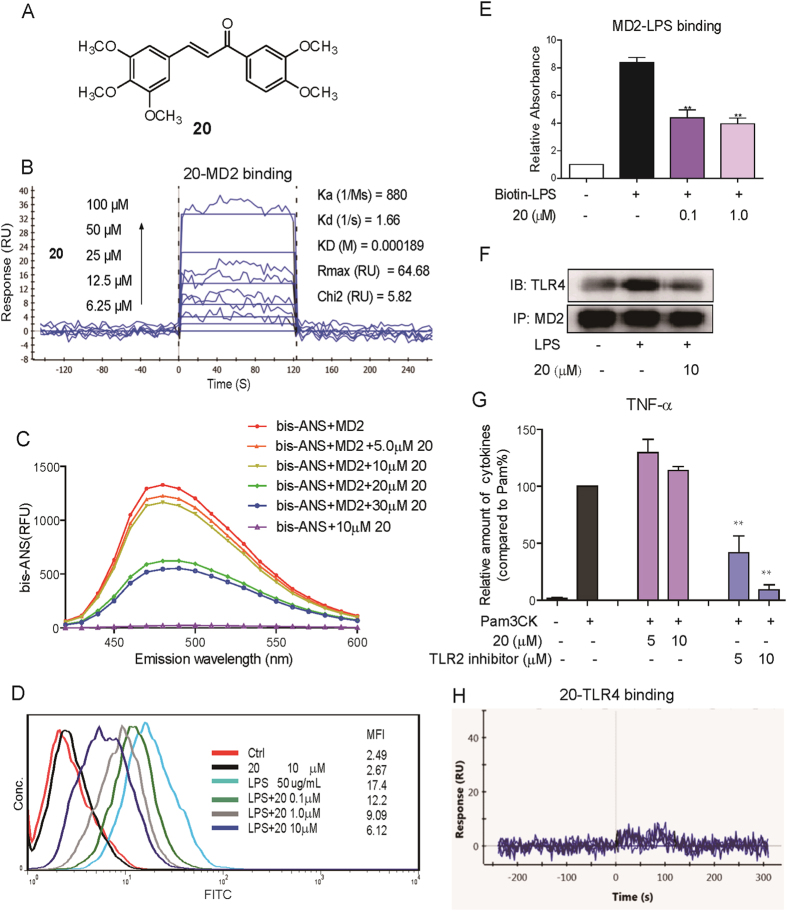Figure 2. Compound 20 is a specific inhibitor of MD2.
(A) Chemical structure of compound 20. (B) Surface plasmon resonance (SPR) analysis shows the direct interaction between compound 20 and rhMD2 protein. (C) Fluorescence measurements show that compound 20 inhibited bis-ANS binding to rhMD2 in a dose-dependent manner. (D) Flow cytometry analysis as used to detect the effects of compound 20 on FITC-LPS binding to cell surface. (E) Compound 20 displaces the biotin-LPS binding to rhMD2 determined by MD2 cell-free ELISA assay. (F) Immunoprecipitation assay shows that compound 20 pretreatment at 10 μM significantly reduced the formation of TLR4-MD2 complex induced by 0.5 μg/mL LPS. The gels were run under the same experimental conditions and were shown as cropped gels/blots (Cropped gels/blots with indicated cropping lines are shown in Supplementary Figure S8). (G) RAW264.7 macrophages after pretreatment with vehicle, compound 20 (5 or 10 μM), or TLR2 inhibitor (5 or 10 μM) for 30 min followed by incubation with Pam3CK (0.1 μg/mL) for 12 h. The protein level of TNF-α and IL-6 in the media was measured by ELISA and normalized to the respective total protein amount. (H) SPR analysis shows no direct interaction between compound 20 and rhTLR4 protein.

